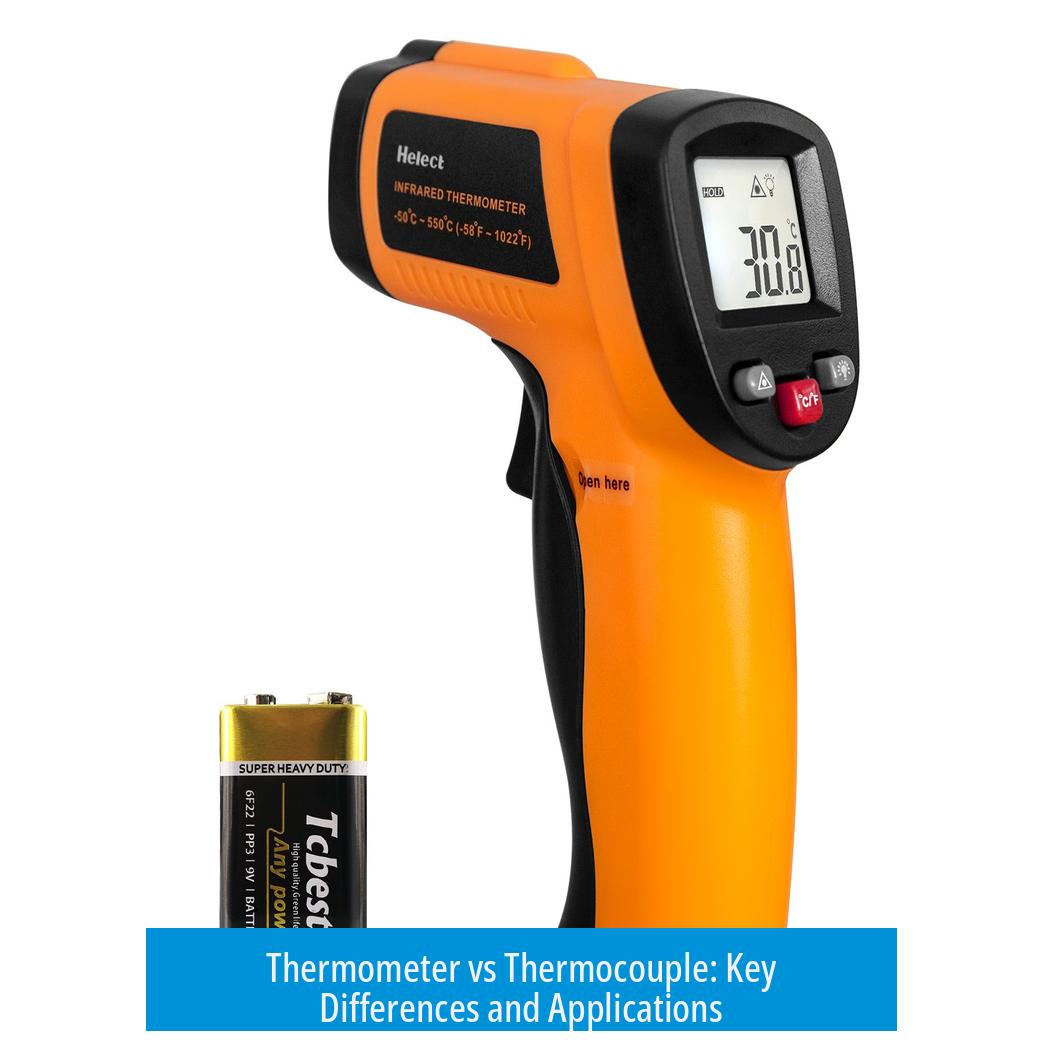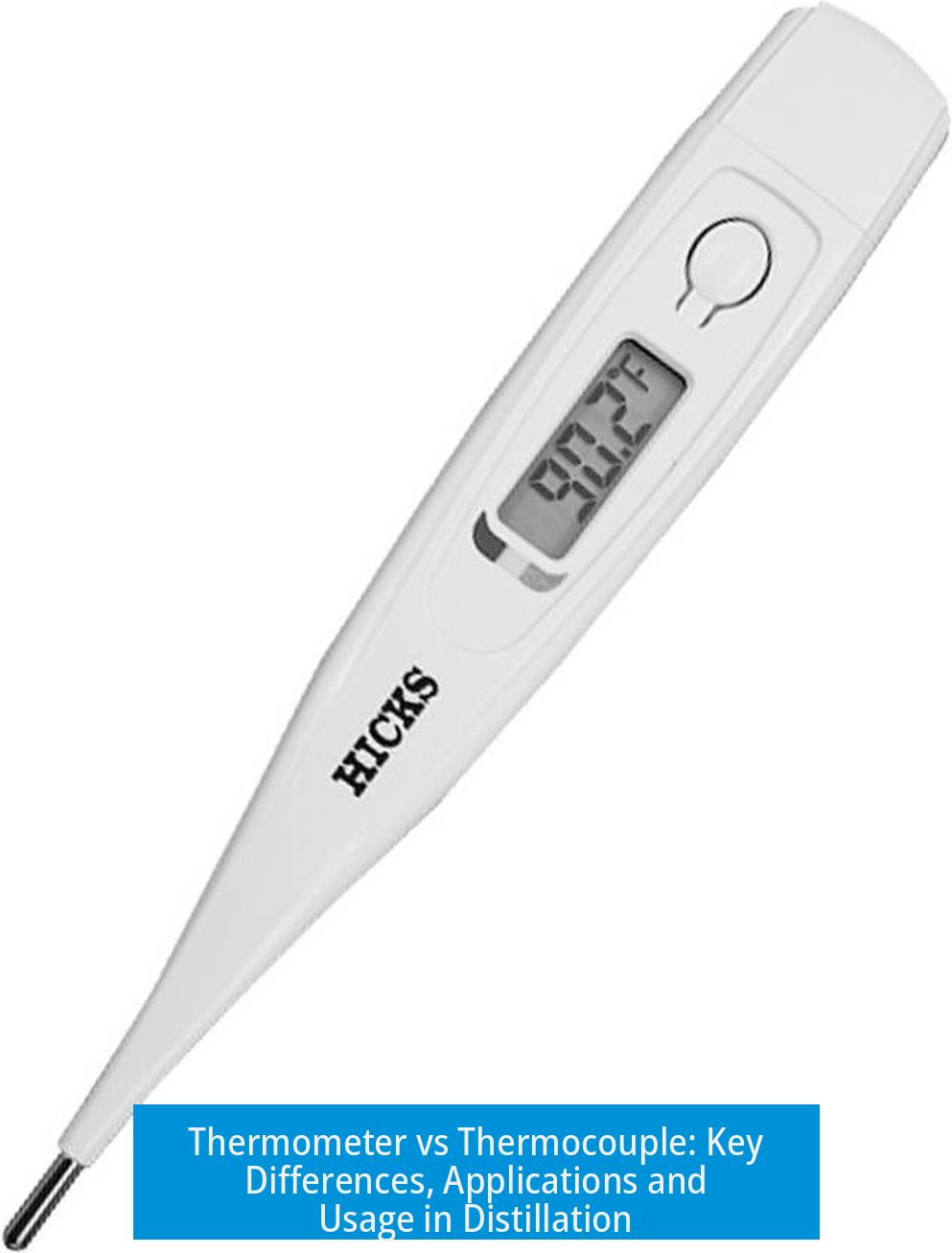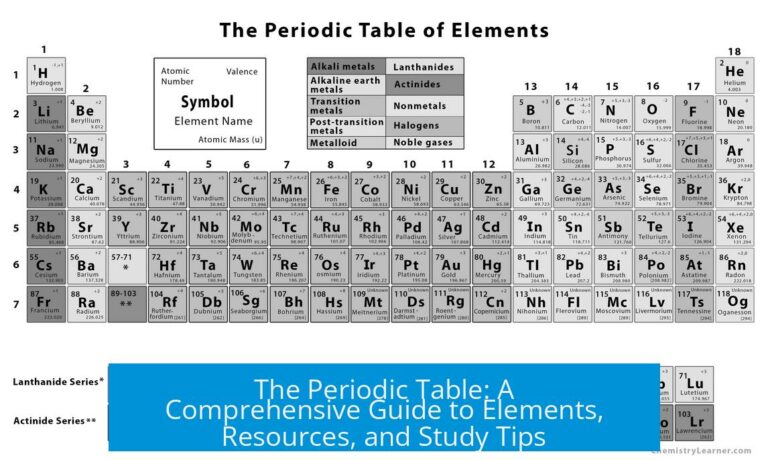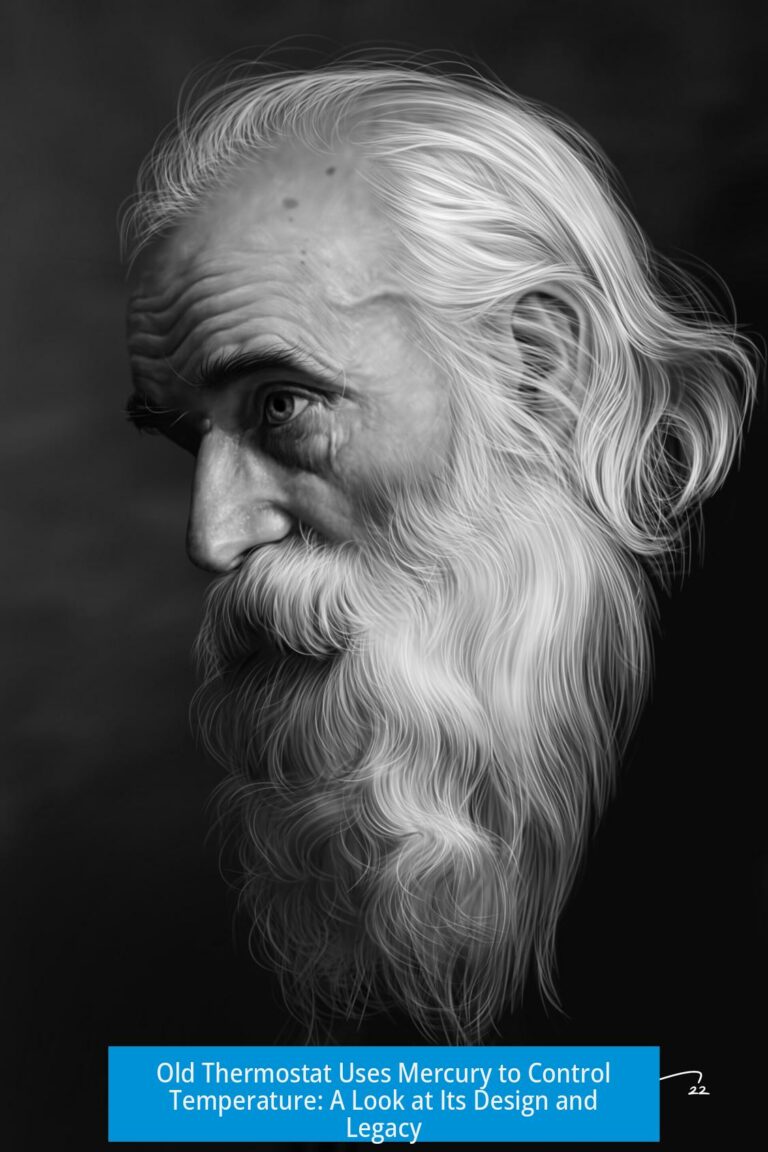Thermometer vs Thermocouple: Key Differences and Applications

A thermometer measures temperature through thermal expansion of liquids indicating temperature, while a thermocouple generates a voltage from two different metals exposed to temperature changes to measure temperature electrically.
1. Operating Principles
1.1 Thermometer
A thermometer relies on thermal expansion. A liquid, often mercury or colored alcohol, expands or contracts with temperature changes. Markings on the thermometer calibrated to this expansion provide temperature readings. This method is mechanical and does not require power.
1.2 Thermocouple
Thermocouples operate by converting temperature differences into electrical signals. Two dissimilar metal wires join at a junction. When heated or cooled, a small voltage develops, proportional to the temperature difference. This voltage signals the temperature at the junction.
In essence, thermocouples are metal sensors producing an electric signal corresponding to temperature changes.
2. Usage and Placement in Distillation
2.1 Thermometer Placement
- The thermometer bulb typically sits where vapor exits toward the condenser in a distillation setup.
- The bulb is not immersed in the boiling liquid; it monitors vapor temperature.
- Placement is usually at or slightly below the side arm of the distillation head.
2.2 Thermocouple Placement and Considerations
- The thermocouple junction should be directly in the medium whose temperature is measured.
- Measuring liquid temperature requires submerging the thermocouple tip in the liquid. Vapor temperature readings require it to be in the vapor with no liquid contact.
- Diverse thermocouple sheath materials exist—304, 316L stainless steel, titanium, ceramic, or inconel—to withstand corrosive or reactive conditions.
- Using a glass joint to isolate the thermocouple from the mixture can reduce accuracy and response time.
- Alternative sensors like PT100 thermistors can offer more stable readings for certain setups.
3. Suitability and Safety for Distillation
3.1 Thermometers in Distillation
Glass thermometers remain standard for many distillations due to ease of use and direct temperature indication at the vapor path. Their placement away from the boiling liquid protects the sensor and gives accurate vapor temperature data.
3.2 Thermocouples in Distillation
While not common, thermocouples can be used in distillations, especially where glass breakage is a concern or for electronically recording data. Proper type selection, such as a J-type thermocouple designed for harsh conditions, is essential.
Thermocouples suit setups requiring durable sensors. Their electrical output also facilitates integration with digital readouts and data logging devices.
3.3 Safety and Practical Advice
- Performing distillations requires thorough training on temperature monitoring and chemical handling.
- Choosing the correct sensing device depends on experimental conditions and safety considerations.
- Understanding chemical properties and distillation principles is critical prior to experimentation.
4. Practical Comparison and Usage Notes
- Thermocouples serve as the sensor component in many digital thermometers. Both measure temperature but differ in technology.
- Thermometers and thermocouples can coexist in distillation setups. For example, measuring the boiling liquid’s temperature with a thermocouple and the vapor temperature with a glass thermometer.
- Advanced distillations may measure multiple points: pot (liquid), head (vapor), and column temperatures to optimize separation.
- Vacuum distillations may include pressure sensors along with temperature devices to account for volatile changes.
- Thermistors also exist as cheaper sensors but often sacrifice accuracy and stability compared to thermometers and thermocouples.
- Kitchen thermometers often use thermocouples for cost efficiency and electronic readout capability.
Summary of Key Differences and Guidelines
| Feature | Thermometer | Thermocouple |
|---|---|---|
| Operating Principle | Thermal expansion of liquid | Voltage generation from dissimilar metal junction |
| Placement in Distillation | Bulb at vapor exit, not in liquid | Tip immersed in liquid or vapor depending on measurement |
| Common Usage | Standard in distillation setups | Less common, useful where glass breakage is a concern |
| Durability and Materials | Fragile glass bulb | Metal sheaths, corrosion-resistant options |
| Signal Type | Analog visual reading | Electrical signal for digital readout |
Conclusion
Thermometers and thermocouples both measure temperature but use distinct methods suited for different conditions. Thermometers excel in simple vapor temperature monitoring during distillations. Thermocouples provide electronic data and durability when glass sensors are unsuitable.
Choice depends on experimental setup, safety needs, and measurement precision. Training in temperature monitoring and distillation safety is essential before selecting or operating either device.
What is the main difference in how a thermometer and a thermocouple measure temperature?
A thermometer measures temperature by liquid expansion inside a calibrated tube. A thermocouple generates a small electrical voltage from two different metals responding to temperature changes.
Where should you place a thermometer versus a thermocouple in a distillation setup?
The thermometer bulb goes where vapor exits toward the condenser without touching the liquid. A thermocouple’s tip should be submerged in the substance it measures, either vapor or liquid.
Can thermocouples be safely used for distillation, and are they common?
Thermocouples are not common for distillation but can be used safely with proper selection. They work well in setups avoiding glass and in rough conditions but require correct placement and sheath choice.
Why might someone choose a thermocouple over a traditional thermometer?
- Thermocouples are durable and useful where glass breaking is a concern.
- They allow digital temperature readings and can be used in harsh chemical environments.
Are there any alternatives to thermometers and thermocouples for temperature measurement in distillation?
Yes, thermistors are an option. They are cheaper but less accurate sensors that measure temperature through electrical resistance changes.





Leave a Comment